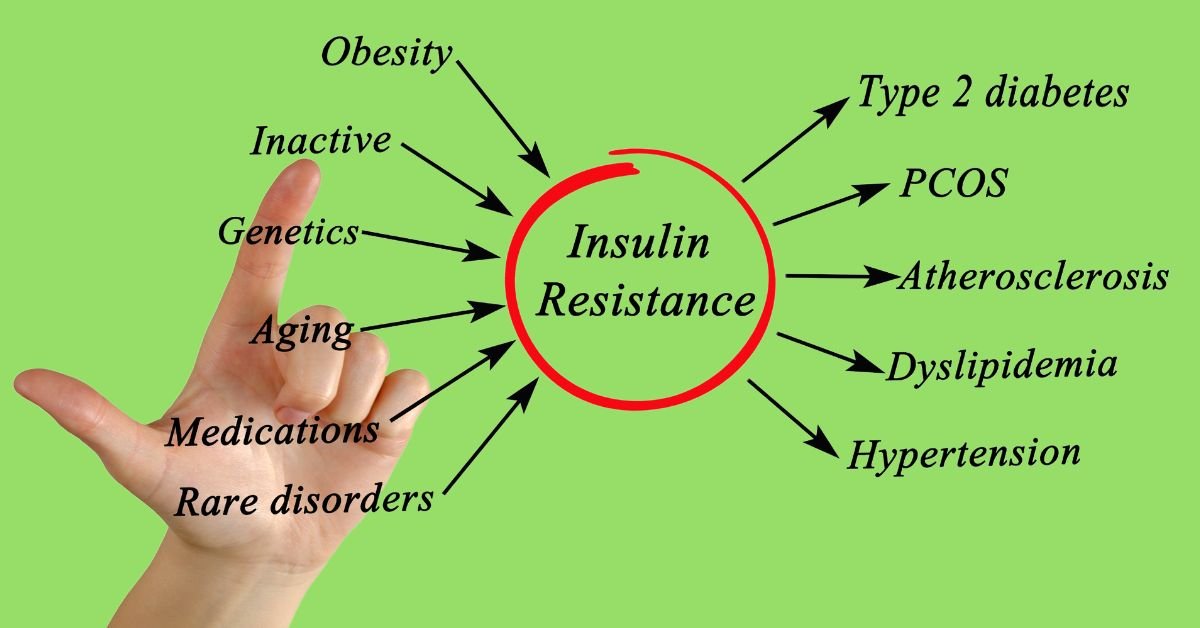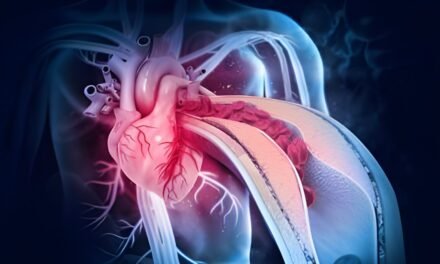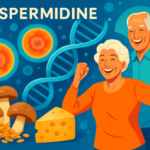Refer to my Previous blog post ( Breaking the Insulin Resistance Cycle: Understanding and Managing this Metabolic Disorder – Part 1) Most of the time we are eating carbohydrates & starches which means basically more & more sugar keeps pouring in our body , what it also means that more insulin that is constantly released into our system to deal with these sugars, the more & more our body becomes resistant to it. This is called INSULIN RESISTANCE.
Insulin’s function is to normalise blood sugar levels by converting glucose into energy stores and body fat while at the same time it stops the body from burning fat eventually leading to Obesity , which is a serious metabolic health crisis impacting most men/women world over nowadays .
Let’s understand how this problem gets more complicated . When our body becomes resistant to insulin, the pancreas compensates by producing more insulin. This excess insulin in the bloodstream leads to hyperinsulinemia. Now the vicious cycle starts .. excess Insulin that has already made your body cells insulin resistant but your body is trying to produce more & more Insulin to overcome the insulin resistance problem .. which is adding up to your alredy insulin resistance issues and is making you more & more Insulin Resistant , this gets into never ending loop creating bunch of medical issues for you .
Insulin also directs fructose, or fruit sugar, into the liver to be converted into LDL and Triglycerides. These abnormal lipid levels will lead to dyslipidemia and eventually may lead to cardiovascular disease. Another very important consequence of insulin resistance is its impact on ovulation and fertility. All these conditions affected by Hyperinsulinemia are called METABOLIC SYNDROME. We can say that Hyperinsulinemia/Insulin Resistance, the root cause of metabolic diseases.
To tell you the real Truth, insulin resistance(IR) is linked to coronary heart disease and is the single most important risk factor for coronary heart disease. High insulin levels (like with insulin resistance) activate inflammation and inhibit autophagy in joint cells; may be a mechanism wherein IR links to arthritis.
Corrective Measures for Hyperinsulinemia
- Adopt a Balanced Diet: Focus on a diet rich in whole, unprocessed foods, including vegetables, fruits, lean proteins, and healthy fats. Minimise consumption of refined carbohydrates, sugary foods, and processed snacks. Aim for balanced meals with controlled portions to prevent excessive blood sugar spikes .Have good natural fats as a regular part of your diet .
- Regular Physical Activity: Engage in regular exercise, including both aerobic activities and strength training. Exercise helps improve insulin sensitivity, promotes weight loss, and reduces the risk of insulin resistance.
- Manage Stress: Chronic stress can contribute to insulin resistance and hyperinsulinemia. Practice stress management techniques such as meditation, deep breathing exercises, yoga, or engaging in hobbies to promote relaxation and overall well-being.
- Maintain a Healthy Weight: Losing excess weight, particularly abdominal fat, can significantly improve insulin sensitivity and reduce the risk of hyperinsulinemia. Aim for gradual, sustainable weight loss through a combination of dietary changes and regular exercise.
- Remember there is no quick fix. The only solution is to correct your lifestyle and your food & nutrition habits .










